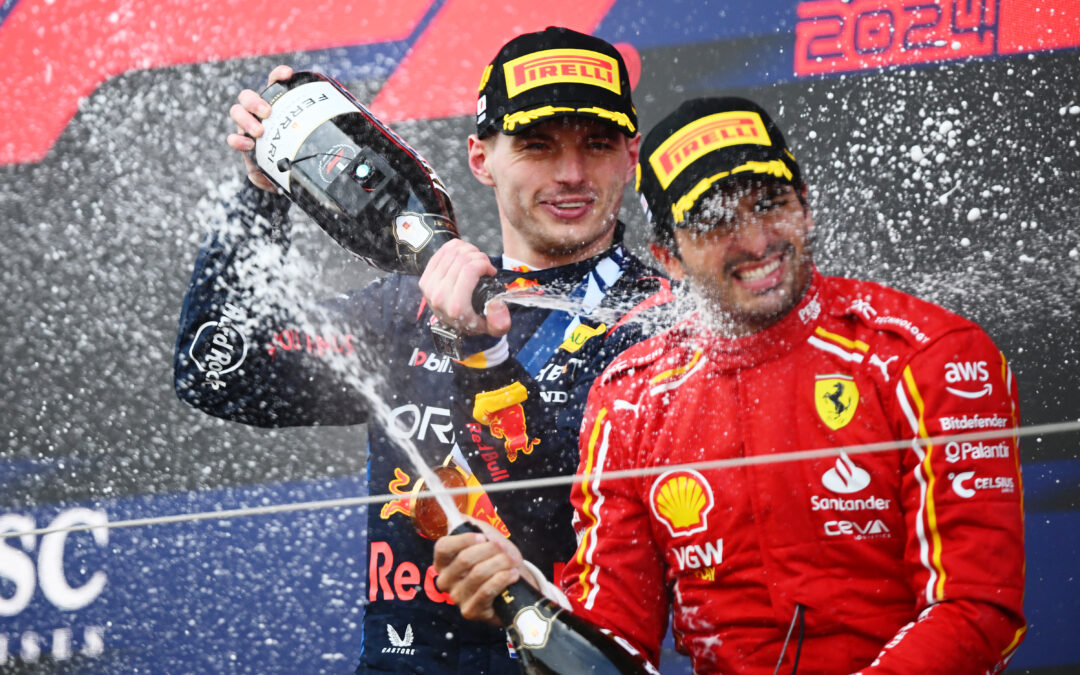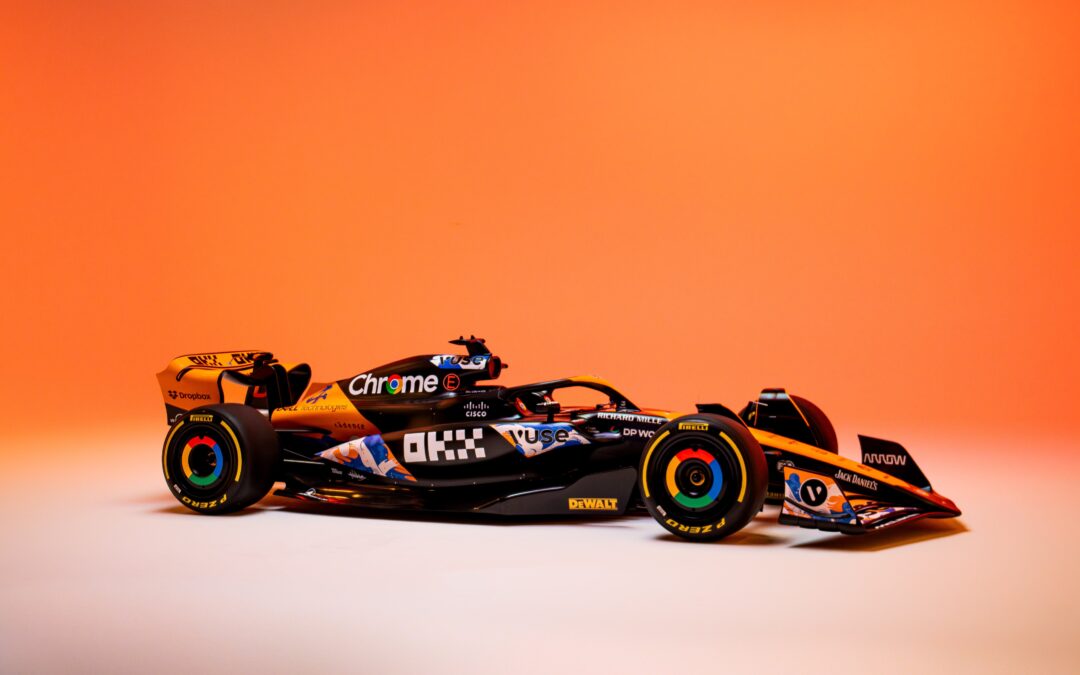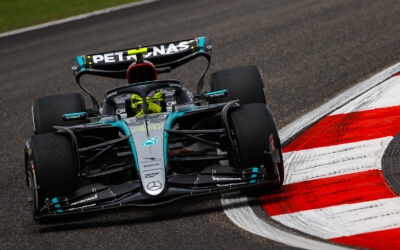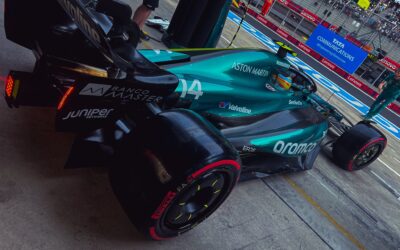Turkish GP: Ferrari makes a good impression – and hopes for no rain
Istanbul Park almost feels like a new circuit compared to last year. The biggest improvement comes from its increased levels of grip, due both to the waterblasting treatment the asphalt was subjected to and the medium range Pirelli compounds the drivers will be using this weekend – which will encourage them to push harder on track. The added grip however exacerbates understeer around this circuit – in a manner significant enough to become an issue for some teams.
Just like last year, though, the “surprise” of this Turkish Friday was Ferrari. The SF21, which has now been upgraded on both cars with the new ERS system, seemed very well balanced out on track – though both drivers recognised that the setup could still be improved. A margin which, considered today’s results, bodes well for the Scuderia.
The 2020 data might not be useful at all
The teams kept working on the setup through the break between the two sessions today; after the caution shown in FP1, most of them switched to a lower downforce configuration in FP2, focusing more on top speeds.

Mercedes looked very well balanced in the afternoon – especially with Hamilton, who will be penalised with a drop of 10 positions on Sunday’s grid due to taking a new engine (ICE). His car was fitted with the new “outwash” front wing tested already – although only briefly – in Sochi.
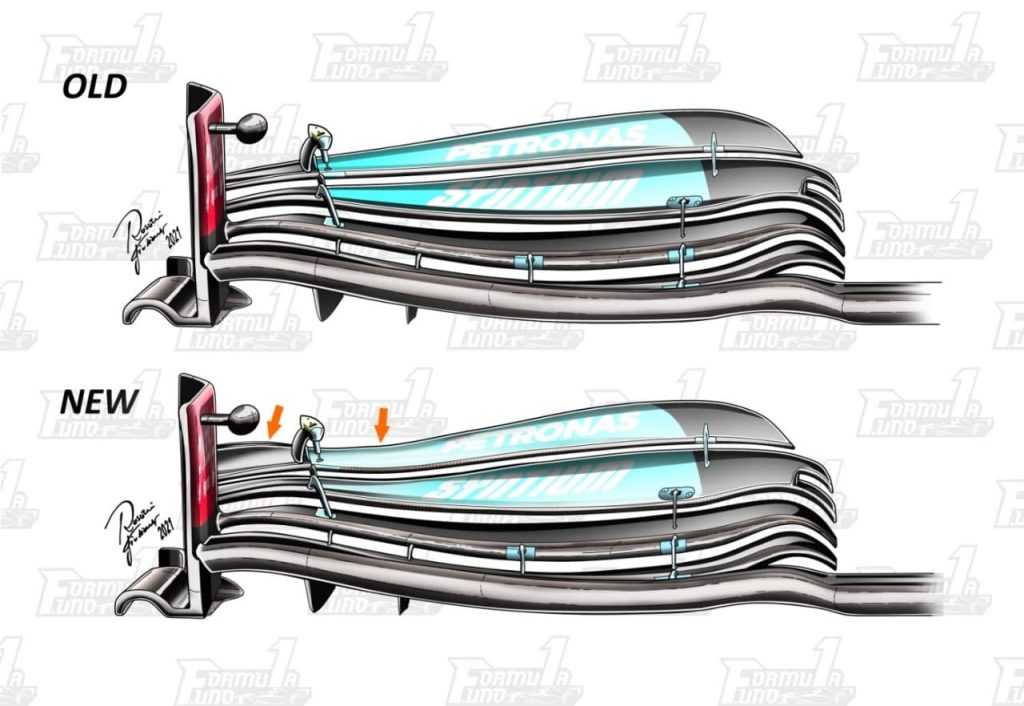
Illustration by Rosario Giuliana @ROSF1DESIGN
Hamilton will be focused on making up spots in the race – while teammate Valtteri Bottas, who was matching the reigning champion’s times in the race trims, knows that he will have a chance at more than just a podium come Sunday. Both will surely hope that Red Bull will not find more performance than they did today.
The Milton Keynes team tested different configurations today, with Pérez running less downforce in the afternoon – which gave him an unusual edge over his teammate Verstappen, on a heavier setup instead. This however only shows that the car still has some performance to unlock; Verstappen spent quite some time complaining about the understeer he was experiencing, which was probably due to his difficulty to compensate for a front end which might have been a bit too precise.
Ferrari makes an impression
The SF21 seems to have caught everyone off-guard – including itself.
Carlos Sainz spent most of the morning session gathering data with a peculiar-looking rack attached to the rear of his car. This kind of aero rake measures the acceleration of the airflow, but its positioning, unusually low for the current standard, seems to be focused on observing data rather from a ground effect, like that of the 2022 cars, in order to feed it to the simulator. It will be important to manage the re-acceleration of this flux through the diffuser, as it will be determining for the choice of setup.
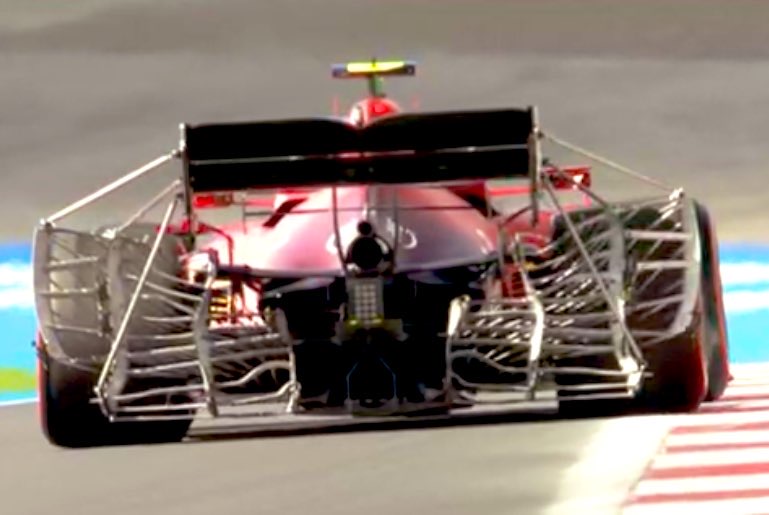
In FP1 Ferrari only marginally differentiated the configurations between their drivers (Leclerc was running a bit more wing compared to Sainz), but it is in the afternoon that the team from Maranello pushed their cars in opposite directions.
A “spoon” wing was fitted to Leclerc’s car, for a more aggressive approach, especially in Qualifying – which turned out to be the best configuration according to today’s dry conditions. Despite temperatures not being very favourable, Leclerc had no issue switching on his front tyres.
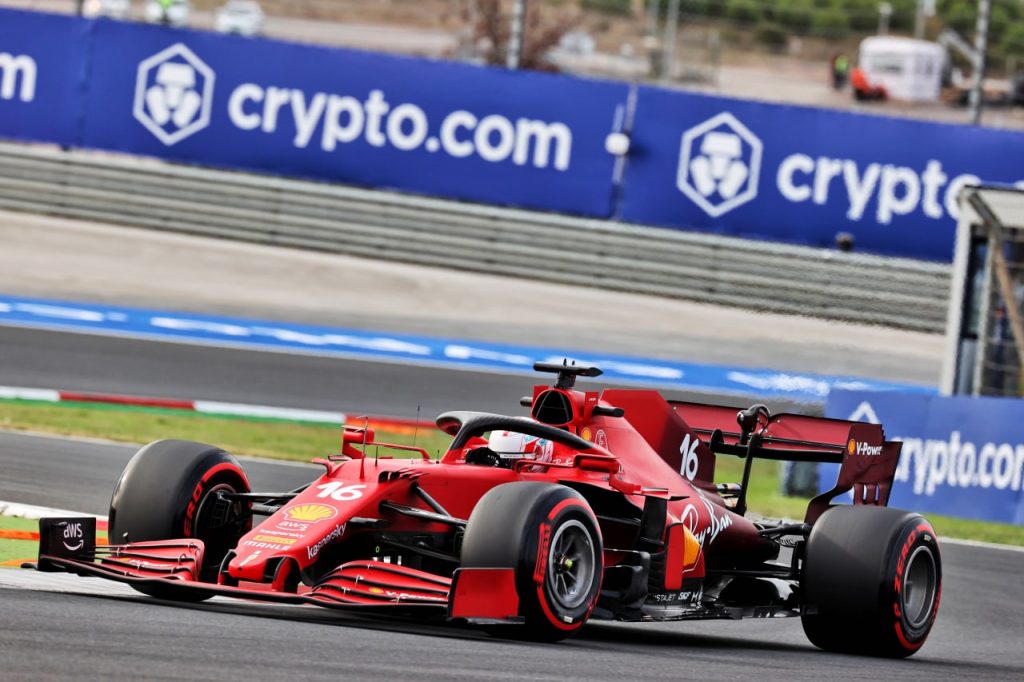
“We still have some work to do with regards to the balance, but I am happy – I like it, I like the way the car feels. Even when the rear feels a bit unstable, I actually like that, I can make the car turn the way I want it to, I don’t want to change that,” said the Monégasque after the afternoon session.

Ferrari tested different engine covers on the SF21 – in this picture, the more efficient one.
Carlos Sainz will start from the back of the grid on Sunday after taking a new Power Unit – just like Leclerc in Russia. The upgrade on the hybrid system comes with a new adaptment of the MGU-H unit, not mentioned before.
Sainz’s work today was mostly focused around the race pace, as the driver took to the track with a higher fuel load (around 40kg) compared to the others and a higher level of downforce too, just like the two McLarens.

“Watching Charles, I would say it was a positive day for us and I have a good feeling about making up positions in the race,” said Sainz after the session.
Looking at Ferrari’s performance today, one could reasonably say that they are looking at a podium – but the weather might change everything yet again.
Already in Sochi we could observe a step in performance; Leclerc was in fact around 2 and a half tenths faster than Sainz on average, and was able to switch to 8th gear 180 meters before his teammate, with no clipping at the end of the straights.
Another benefit of this upgrade comes with the reduced weight and size of the new ERS, which not only gives the engineers more margin when working on the setup, but also affects balance in a very effective way, especially in quick changes of direction.
However the effective gain over the top two, but especially against McLaren, will only be more clear in dry conditions – and Ferrari hopes to have that on a track like Istanbul Park, with long straights where energy recovery and deployment will be a determining factor.
Author: Giuliano Duchessa




